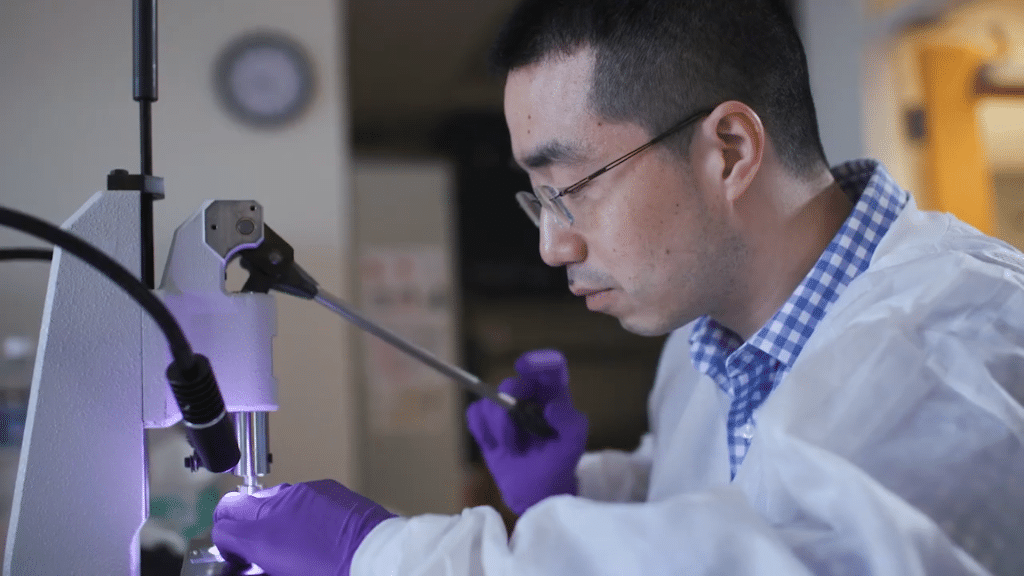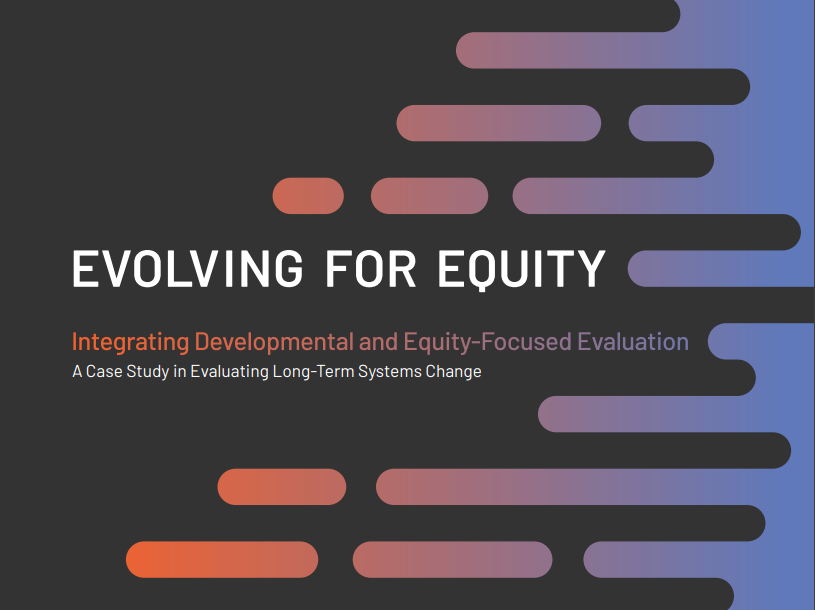With nearly 250 million light duty vehicles on the road, the United States has the largest automotive fleet in the world. Annual new vehicle sales in the U.S. are second only to China’s. But cars and trucks are among the world’s leading sources of greenhouse gas pollution. The transportation sector produces almost 30 percent of all U.S. global warming emissions, according to the Union of Concerned Scientists.
But that may be changing. In August 2012, in a move highly anticipated by the conservation and climate community, President Obama announced new fuel efficiency standards that doubled the average fuel economy of new cars and trucks by 2025.
“The United States’ new fuel efficiency standards are the most aggressive in the world in terms of the magnitude of improvement required,” said Drew Kodjak, Executive Director of The International Council on Clean Transportation (ICCT), an independent nonprofit organization that provides technical, scientific and economic analysis to government agencies in the world’s largest vehicle markets. “No other country has set a bar this high.”
Nearly four years in the making, the new standards increase 2012 requirements from 29 miles per gallon (mpg) to 35.5 mpg by 2016, and all the way to 54.5 mpg by 2025. The negotiations to reach them involved thousands of people from the Obama administration, the American auto manufacturers, and the environmental community.
By most expectations, the rule mandating 54.5 mpg by 2025 was nothing short of a public policy miracle. What’s more, everyone endorsed the outcome, including more than a dozen vehicle manufacturers.
These groundbreaking standards were the center of a significant public policy battle. The administration’s ability to move the policies forward was significantly influenced by the reality that several of the vehicle manufacturing companies were about to go bankrupt and desperately needed government support. Against that backdrop, the regulatory battle was focused on arguments about how much the new regulations would increase the price of a new passenger vehicle in 2025, and whether the car companies would be able to double fuel economy within the time provided.
Typically when facing such regulation changes, car manufacturers hire technical consultants to simulate and test various changes to vehicles. The Environmental Protection Agency (EPA) and its Office of Transportation and Air Quality (OTAQ) decided to do the same thing. Working with the ICCT and their team of experts, the EPA and OTAQ hired the same firms as the manufacturers to simulate alterations to five representative car and light truck models in order to replicate the U.S. fleet. Then they did cost modeling.
“This was not a political fight in the conventional sense,” Kodjak said. “It’s more akin to a complicated negotiation waged with data and access. Everyone comes to the table with technical data, and the best data generally wins.”
Founded in 2005, the ICCT helps governments worldwide create vehicle regulations and policies that will improve the environment and reduce impacts on the climate and air pollution.
The ICCT plays a critical technical role in these decisions. For starters, they track fuel economy standards globally and develop apples-to-apples comparisons so governments and regulators worldwide can understand how their rules stack up against other nations’. And the narrowness of ICCT’s focus is a big part of what makes them so effective.
Staffed by engineers and economists with advanced degrees who have often worked in major automotive markets such as China, India, Mexico, Brazil, and Europe; the ICCT understands the technical and economic complexities of improving fuel standards.
“It’s all we do,” Kodjak explains. “We are the place. We’re typically included with the technical experts, not as advocates. Governments can cite us as a technical authority in their rulemakings.” Many of the large environmental organizations in the U.S. have only one to four people on staff devoted to air pollution standards for vehicles and fuels. The ICCT has 35 analysts and researchers—a level of commitment to the issue that allows them to compete with any industry manufacturers or hired consulting firm.
For example, during the negotiations, when automakers claimed that smaller, more fuel-efficient cars were inherently more dangerous, ICCT research disproved those claims. And when the Center for Automotive Research, an advocacy organization funded by the automakers, estimated that the cost per vehicle would go up $8,000 on average under the new standards, the ICCT did the investigative research to refute that claim. In the end, the average increased cost under the new standards will be less than $1,900 per vehicle.
“The ICCT gets the details and knows how to speak the same language that regulatory agencies have to speak,” said Margo Oge, former Director of OTAQ and the lead negotiator on the new standards. “They understand technologies and the costs associated with these technologies. That’s where their strength lies.”
To hear Oge explain it, she and her team at OTAQ would never have finalized the regulations without deep support from the ICCT. “This represents a big victory for the climate, a great stride forward,” Oge said. “And the ICCT was truly instrumental in our ability to get it done. Their work was invaluable.”
One reason why the ICCT is so effective is that they’re considered an independent, credible research organization, rather than an advocacy group. During the negotiations, while more conventional environmental NGOs lobbied and applied external pressure on the Administration to do the right thing and tangled publicly with the auto industry, the ICCT focused instead on smart research and analysis – ultimately providing data on potential technology, costs, and safety referenced in the regulations that the car manufacturers could not dispute.
“We stick to our knitting, and we’re very good at it,” Kodjak said. “If our funders demanded that we go head-to-head with the auto industry every day, we would not be very successful. Fortunately our supporters were smart enough to recognize we were building something that would have huge impact based on its credibility and research integrity.”
The new fuel standards are a testament to the uniqueness of ICCT’s approach and philanthropy’s willingness to take a gamble on a new type of organization, Kodjak explains. “We don’t have to be in the press all the time. We just have to do good policy work, good research and good communications,” he said.
The ICCT is supported by investments from the Packard Foundation and other key partners including The Hewlett Foundation, ClimateWorks, and Energy Foundation. At the Packard Foundation, our grantmaking is driven by the belief that our grantees need the independence to produce objective research that helps decision-makers find evidence-based solutions that work in the real world.
Ideas backed by rigorous research—not speculation—have the real potential to create long-term impact. When fully implemented, the ICCT expects the new U.S. fuel efficiency standards to reduce annual greenhouse gas emissions equivalent to 265 million metric tons of carbon dioxide by 2020 and 780 million metric tons by 2030. And their expertise is helping drive transformation shifts in fuel standards worldwide, which contribute directly to meaningful declines in carbon emissions.
“Once you establish the right regulations in one market, there are tremendous ripple effects into other markets – due to policy momentum and technology transfer,” Kodjak explains.
The implications for the mitigation of climate change and benefits to public health are staggering, but not wholly sufficient. In fact, when you put together philanthropy’s collective power, it is still relatively insignificant compared to the power of the big industries like oil, coal, or the car companies.
“What foundations are doing is working for the most part,” Oge said. “But funders need to be thinking even more about the future. What happens when we start raising the fuel standards even higher? I’m calling for a zero emitting car by 2050. How will they help us get there? My argument is that the investments made in these 2025 fuel standards are just the down payment on what’s really needed. It is beyond 2025 where the big struggles will happen.”
The Packard Foundation is committed to big bets and long-term funding because we know that deep support is necessary for the magnitude of change we seek in the next twenty years. Working together, foundations can fund organizations like the ICCT that do creative, forward thinking research—the kind that produces game-changing insights and ideas.






